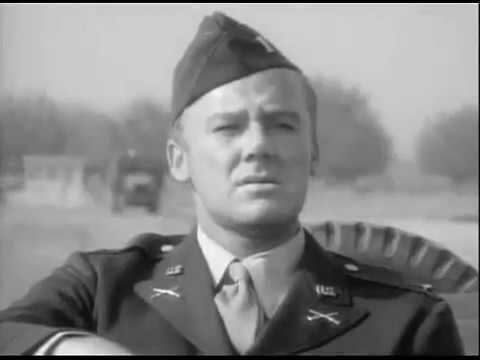Name Lane Nakano Siblings Lyle Nakano Movies Go for Broke! | Spouse Fumi Nakano (m. ?–2005) Role Soldier | |
 | ||
Similar People Robert Pirosh, Stuart Heisler, Stanley Donen, Frank Tashlin | ||
Tsutomo Nakano (March 16, 1925 – April 28, 2005), also known as Lane Nakano, was a former American combat soldier turned actor.
Contents
World War II
Lane Nakano and his twin brother Lyle were members of a California family that "adopted" legendary Marine Corps combat interpreter Guy Gabaldon at age twelve. Gabaldon was awarded the Navy Cross for his heroic actions on Saipan and Tinian islands during World War II which included saving the lives of many Japanese civilians on the two islands. During World War II, Nakano was interned at the Heart Mountain Relocation Center in Wyoming. While there, he volunteered for service in the U.S. Army. Nakano and his brother were assigned to the legendary and much decorated, 442nd Regimental Combat Team.
Actor
Nakano's opportunity to work as an actor began when he was discovered after the war by Hollywood director and writer Robert Pirosh. Pirosh cast Nakano as second billing after American actor Van Johnson in the 1951 war film about the history of the 442nd Regimental Combat Team during World War II, Go for Broke.
Career
Legacy
Nakano's son, Desmond, wrote and produced the 2007 film American Pastime using Lane's experiences in internment camp as one source of historical information and naming the two lead characters Lyle and Lane. While the lead character is Lyle, Lane, the older of the two brothers, comes back from the 442nd missing a leg, and becomes the focal character in the final scene.
